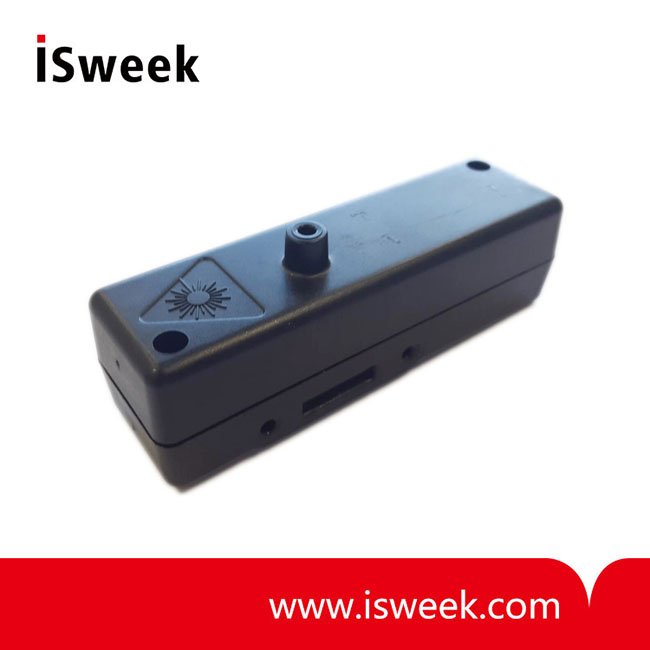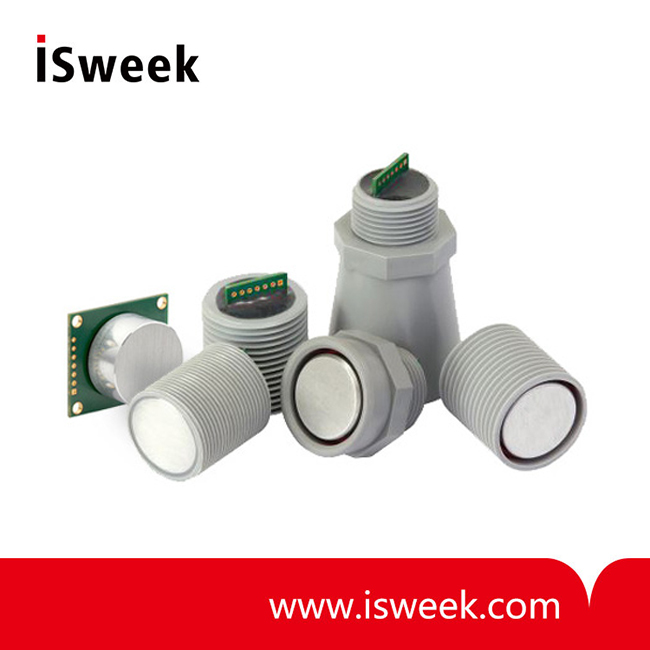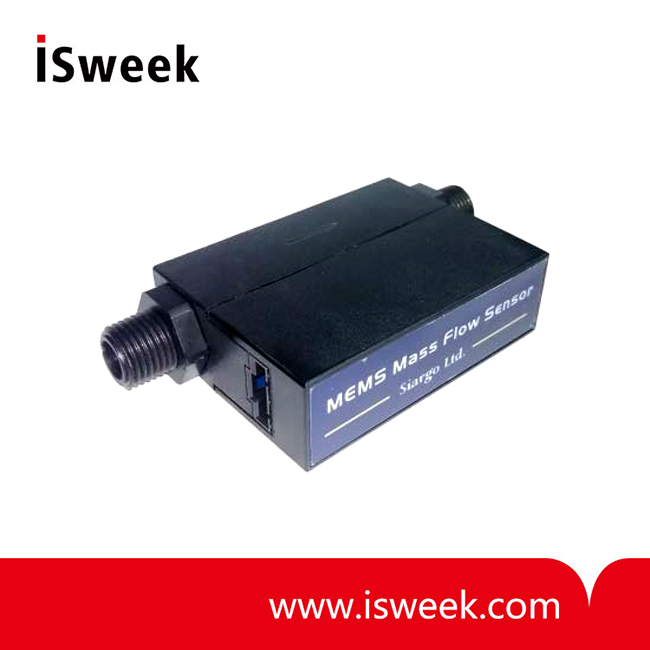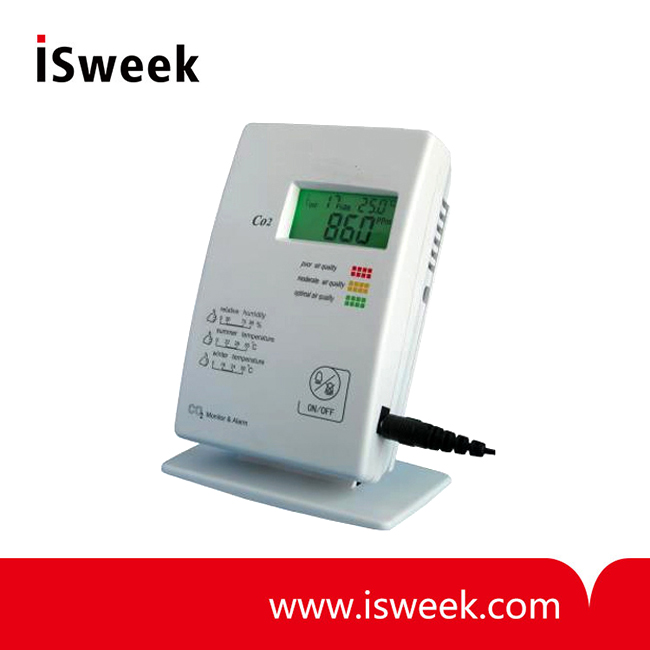Occupying a big category of sensor family, dissolved oxygen sensor’s applications are widely distributed. For the usage of this kind of sensor, issues might occur if certain points are not attached importance to. Now let me introduce to you 10 major daily use precautions of dissolved oxygen sensors:
- Calibrating the sensor in water saturated air every day before using it and there would not be any need to recalibrate the sensor within a day even if it is turned off.
- The temperature difference between calibration and measurement should be kept as small as possible, the maximum should not exceed +/- 5°C.
- The membrane of the dissolved oxygen sensor should be replaced if the reading behaves erratically (eg. After being switched on sensor’s reading is not stable or the readings tend not to be stable in a declining way)
- When changing the membrane, attention should be paid that bubbles are not allowed to appear in the electrolyte, meanwhile the membrane cannot be creased in any way and unnecessary membranes should be trimmed clean.
- Once the electrolyte of the sensor has dried up, the membrane of the sensor should be replaced.
- When changing the membrane, first ionized water or distilled water should be used to flush away the old remained electrolyte, then apply 2 or 3 drops of fresh electrolyte and shake them off. For normal dissolved oxygen sensor, fresh electrolytes should be injected to the extent that the level of the liquid showed a bulging state, then place the membrane on it making sure there is no bubble; For covering the membrane half size of the above injected electrolyte should be applied, then tightly screw the cover.
- The sensor is ready to use once the covering membrane is replaced. Generally it is suggested that the sensor should be left there for one night, allowing the membrane and electrolyte to reach a balancing state.
- If the membrane is polluted, care should be taken when cleaning it, making sure the membrane is intact after this operation.
- For normal use, it is suggested that the membrane should be replaced every four weeks. While provided that the water condition is good as well as the device is properly maintained, the duration can be extended to half a year, but on condition that the values are read correctly after calibration each time.
- If bubbles appeared from the bottom when measuring, sensor probe should be placed upward and tied to the cable, the bubbles cannot be left on the surface of the membrane.
Currently in domestic market, it is seemed that there is no very good quality dissolved oxygen sensor. While for the widely well-known dissolved oxygen sensor, Figaro’s KDS-25B stands out. As a unique galvanic cell sensor, KDS-25B was designed and developed majorly for water quality control. The most prominent characteristics of the sensor are long life and being not affected by CO2.
The sensor applies a special acidic electrolyte, with its cathode using inert metal gold and anode lead. Oxygen diffuses through the fluororesin to join the redox chemical reaction, forming a kind of oxygen lead storage battery, and then the inner resistance converts the current produced by the redox into voltage output. The current produced is proportional to the concentration of dissolved oxygen, or rather, to the partial pressure of oxygen (the higher the dissolved oxygen, the more the oxygen molecules that enter through the fluororesin membrane). KDS-25B is ideal for environment monitoring and water quality control.
The following I will give you the four major benefits of applying dissolved oxygen sensor to continuously monitoring water quality for different applications:
- Measure and adjust the oxygen content in activated sludge in sewage treatment plant to improve the efficiency of biodegradation.
- Oxygen content measurement in hydrologic monitoring of rivers, lakes and ocean’s, acquiring the indication of water quality.
- Water treatment: oxygen content measurement such as checking the status of drinking water (whether oxygen is rich and to prevent corrosion etc.)
- Fish pond: monitoring the content of oxygen so as to maintain optimum ecological and living condition for the fishes.








